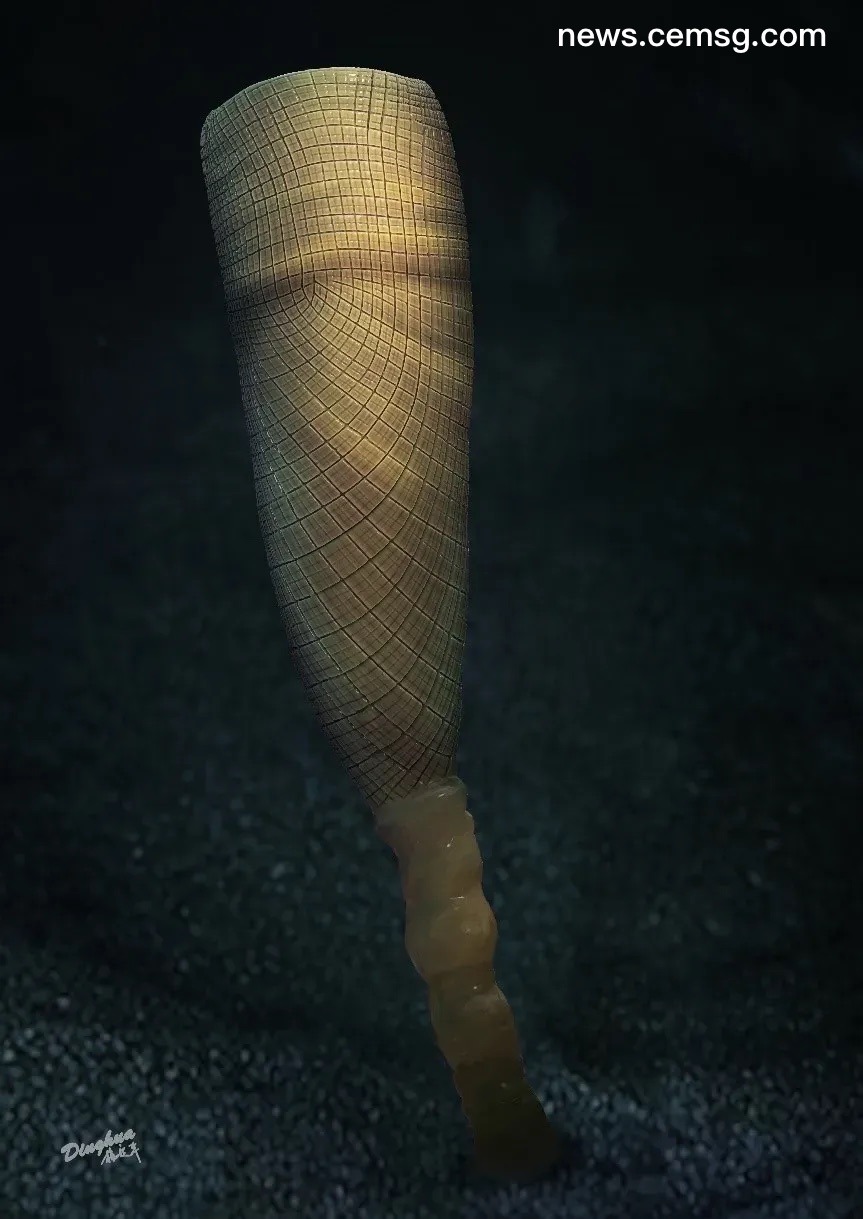A large sponge fossil was discovered in Yichang, Hubei

The reporter learned from the Nanjing Institute of Geology and Paleontology, Chinese Academy of Sciences that the institute's early life research team, in collaboration with scientists from Cambridge University in the UK and Virginia Tech in the US, discovered a new type of large sponge fossil in the Shibantan Biota in Yichang, Hubei Province, about 550 million years ago. The research team named it the spiral grid sponge.
Wan Bin, an associate researcher at the Nanjing Institute of Geology and Paleontology, Chinese Academy of Sciences, who participated in the study, said that sponges are generally considered to be the most basic and primitive metazoans. Modern molecular biology research and molecular clock speculation show that sponges originated about 700 million years ago, but the exact sponge fossil record did not appear in large numbers until the Cambrian period about 539 million years ago. The sponge fossil record before the Cambrian period is very rare and mostly controversial.
The newly discovered spiral grid sponge is about 40 cm long, with a fixed disc-like structure at the bottom and an inverted cone in the upper part, which is similar to a goblet as a whole. There are regular grid-like structures distributed on the surface of the cone-shaped body, and the grid-like structures at the bottom are arranged in a spiral, which is why the spiral grid sponge got its name.